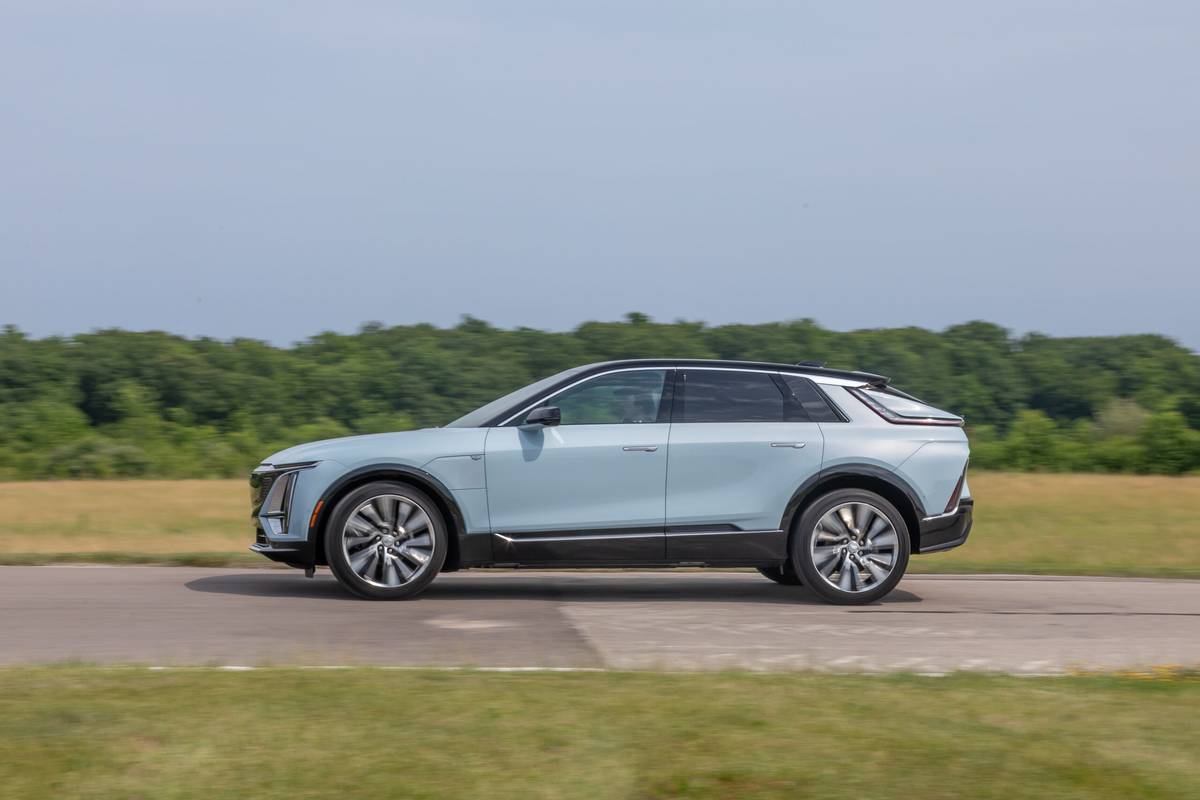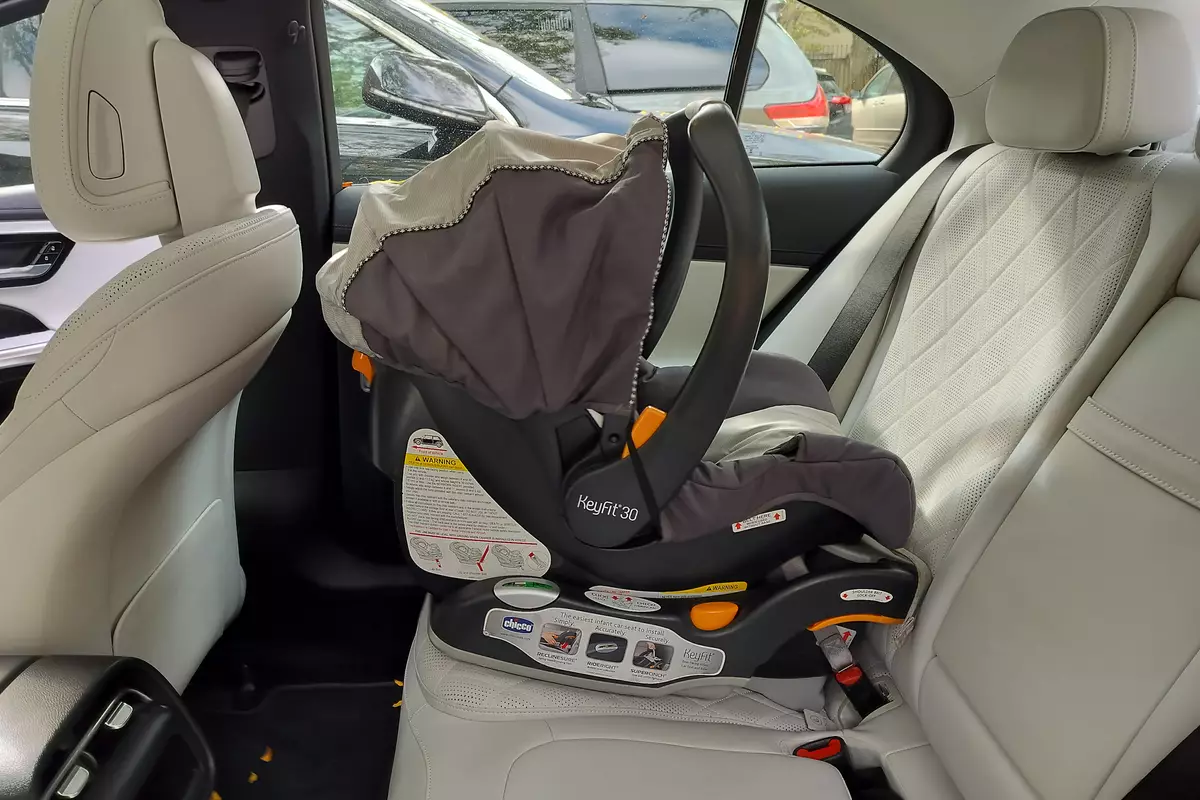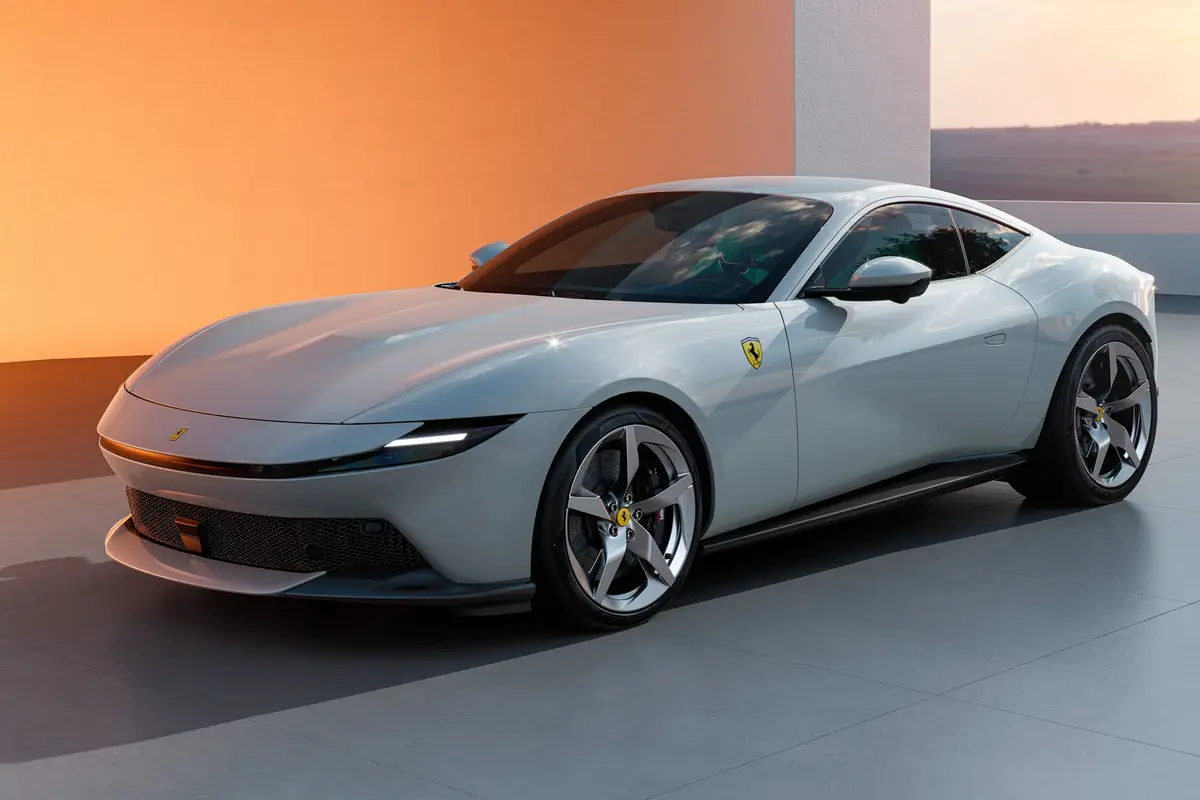Star-Telegram.com's view
With gasoline prices jumping to record levels, many of us are rethinking our vehicle needs and wondering whether we can afford family-size SUVs for everyday use. The new crossover models offer better fuel-efficiency choices than the traditional truck-based SUVs. But an even better choice might be one of the new gasoline-electric hybrid models.
And of those, perhaps the most practical are the two that Ford Motor Co. offers – the Ford Escape and the Mercury Mariner.
These hybrids have been on the market for a couple of years and have been selling well.
For 2008, though, they have been updated significantly, with new, more compelling styling and interiors, as well as some tweaks that make the hybrid drive system even better.
For this report, we tested the Escape Hybrid two-wheel-drive model (base price $25,075 plus $655 freight). Even with all of the changes, Ford actually lowered the price from last year’s base of $25,700.
This vehicle seats five adults comfortably and has room for plenty of luggage behind the second seat. There is 29.2 cubic feet of cargo space, which expands to more than 66 cubic feet with the rear seat folded.
The base price brings a well-equipped model, although our test vehicle had some extras that ran the total sticker up to $29,825. Options included a navigation/audio system ($2,695), leather package ($1,195), and a chrome appearance package ($195).
The biggest benefit to driving the hybrid, of course, is the fuel economy. It’s similar to what you would get from a subcompact car such as a Honda Fit or Toyota Yaris, and better than that of some compact models.
The mileage ratings, based on the new, more realistic 2008 EPA formula, are 34 miles per gallon in the city and 30 on the highway.
That’s lower than the 36 city/31 highway of the 2007 model, but that’s not because the new Escape Hybrid is less fuel-efficient than last year’s. All 2008 vehicles will show lower EPA ratings than their 2007 counterparts because of the new formula that EPA is using for the ’08 model year.
Exterior styling of the hybrid is almost identical to that of the regular gasoline version, except for the special hybrid badging. Ditto for the interior.
The big difference is under the hood, where the hybrid drivetrain resides.
This car has a full hybrid system, with technology similar to the Toyota hybrids.
That differs from the mild hybrids, such as the Honda Civic, Honda Accord and Saturn Vue, which use the gasoline engine at all times and have an electric motor just to beef up power for such situations as passing and freeway merges.
The Escape, as well as Toyota’s popular Prius and other hybrids from Toyota, Lexus and Nissan, can run on electric power up to about 25 mph.
That’s why the full hybrids show a higher city mileage rating than highway. In city driving, the gasoline engine shuts off when the vehicle comes to a stop and the electric motor can get the vehicle moving again in slow traffic without having to bring the gasoline engine on line.
The base engine for the regular gasoline Escape is a 2.3-liter four-cylinder rated at 153 horsepower and 152 foot-pounds of torque.
But the hybrid model comes with a special 2.3-liter Atkinson Cycle four-cylinder engine that turns out 133 horsepower and 124 foot-pounds of torque.
Coupled with the 70kw electric motor, the hybrid has a total of 155 horsepower — but zero-to-60 mph performance comparable to that of the optional 200-horsepower Escape V-6 engine, Ford says.
That gives you better fuel economy than the regular four-cylinder Escape – 23 city/26 highway – but the power of the V-6.
The V-6’s EPA ratings are 20 city/24 highway. Both of those sets of ratings are for the Escape two-wheel drive with four-speed automatic transmission. A four-cylinder Escape with five-speed manual gearbox gets slightly better mileage – 24 city/29 highway – but still way below that of the hybrid.
Remarkably, the price differential between a front-drive hybrid and a comparably equipped gasoline-only Escape is only about $1,200 when the federal hybrid tax credit is applied.
That can be recouped at the gas pumps over a relatively short period. The Escape Hybrid ranks behind only the Prius in the length of time it takes to have the hybrid drive system pay for itself in fuel savings.
A study of the 2007 model by the automotive consumer Web site edmunds.com estimated that the Escape hybrid system would pay for itself in 2.9 years at 15,000 miles a year and 1.7 years at 25,000 miles annually.
Escape and Mariner hybrids come with a continuously variable automatic transmission, which has no discernible shift points and is better suited for connection with the electric motor. Regular automatic transmissions aren’t easily adapted for use with hybrid drive systems.
No manual transmission is offered with the hybrid system.
Ford says that for the 2008 Escape and Mariner, revisions were made to the software of the hybrid control system “to improve transparency, or the transition between gasoline and electric operation.”
“The transition from all-electric to gasoline power to a combination of the two is now even more seamless and virtually imperceptible to the driver,” the company said.
We found it to be smooth, although we could hear the gasoline engine restarting after it had stopped at traffic signals.
As with most hybrids, though, the vehicle is quiet when stopped because the gasoline engine is not running.
That’s true even of most of the mild hybrids such as the Civic and Accord, but those vehicles must restart the gasoline engine to get moving again.
In all of the hybrids, though, the driver has to do nothing to restart the gasoline engine – the onboard hybrid control computer takes care of everything.
These hybrid systems do not have to be plugged in to an outside power source to have their batteries recharged, as you would have to do with a pure electric car.
The batteries are recharged by the power of the gasoline engine when it is running, and by so-called regenerative braking, which uses the vehicle’s inertia to turn the electric motor into a generator when the car is coasting or slowing down.
That’s why the hybrids are so much more practical than vehicles with electric motors only; there is no long wait time at a power outlet to have the batteries recharged.
Some automakers are working on development of so-called plug-in hybrid systems, however. In these vehicles, the batteries could be hooked up to an outside power source when practical, allowing them to be recharged without using any gasoline. These cars still would be able to run on gasoline power.
The 2008 Escape and Mariner – gasoline and hybrid versions both – are already on sale. The Escape and Mariner essentially are versions of the same vehicle and are new “inside and out,” Ford says.
New standard safety features have been added, including Ford’s Safety Canopy side-curtain air bags and electronic stability control. But the stability control is included only on the gasoline models and is not available on the hybrids. It’s designed to help prevent a rollover accident. The side-curtain air bags are installed on gasoline and hybrid models.
Not only have the Escape and Mariner been improved, but prices for all models have been lowered.
The list price of the base Escape gasoline model is about $1,100 less than that of the 2007. Prices begin at $18,580 (plus freight) for the gasoline model.
The four-wheel-drive hybrid model begins at $27,490.
G. Chambers Williams III is staff automotive columnist for the San Antonio Express-News and former transportation writer for the Star-Telegram. His automotive columns have appeared regularly in the Star-Telegram since 1995. Contact him at (210) 250-3236; chambers@star-telegram.com.
At a Glance: 2008 Ford Escape Hybrid
The package: Compact, five-passenger, four-door, four-cylinder gasoline/electric powered, front- or all-wheel-drive, hybrid sport utility vehicle. Highlights: Redesigned for 2008, this and the virtual clone Mercury Mariner give Ford Motor Co. two hybrid SUVs. It’s a roomy and comfortable small-family sport utility with excellent fuel economy afforded by the gasoline-electric hybrid power system. Negatives: Electronic stability control not even optional. Engine: 2.3-liter Atkinson Cycle inline four-cylinder gasoline engine and separate electric motor. Transmission: Continuously variable automatic. Power: 133 HP (gasoline engine); 58 HP (electric motor). Length: 174.7 inches. Curb weight: 3,638 pounds (2WD). Cargo volume: 29.2 cubic feet (behind rear seat); 66.3 (rear seat folded). Towing capacity: 1,500 pounds. Electronic stability control: Not available. Side air bags: Standard side-curtain for both rows. Fuel capacity/type: 15 gallons/unleaded regular. EPA fuel economy: 34 city/30 highway (2WD). Base prices: $25,075 plus $665 freight (2WD); $27,490 plus freight (4WD). Price as tested: $29,825 (2WD, including freight and options). On the Road rating: 9.3 (of a possible 10).
Latest news



